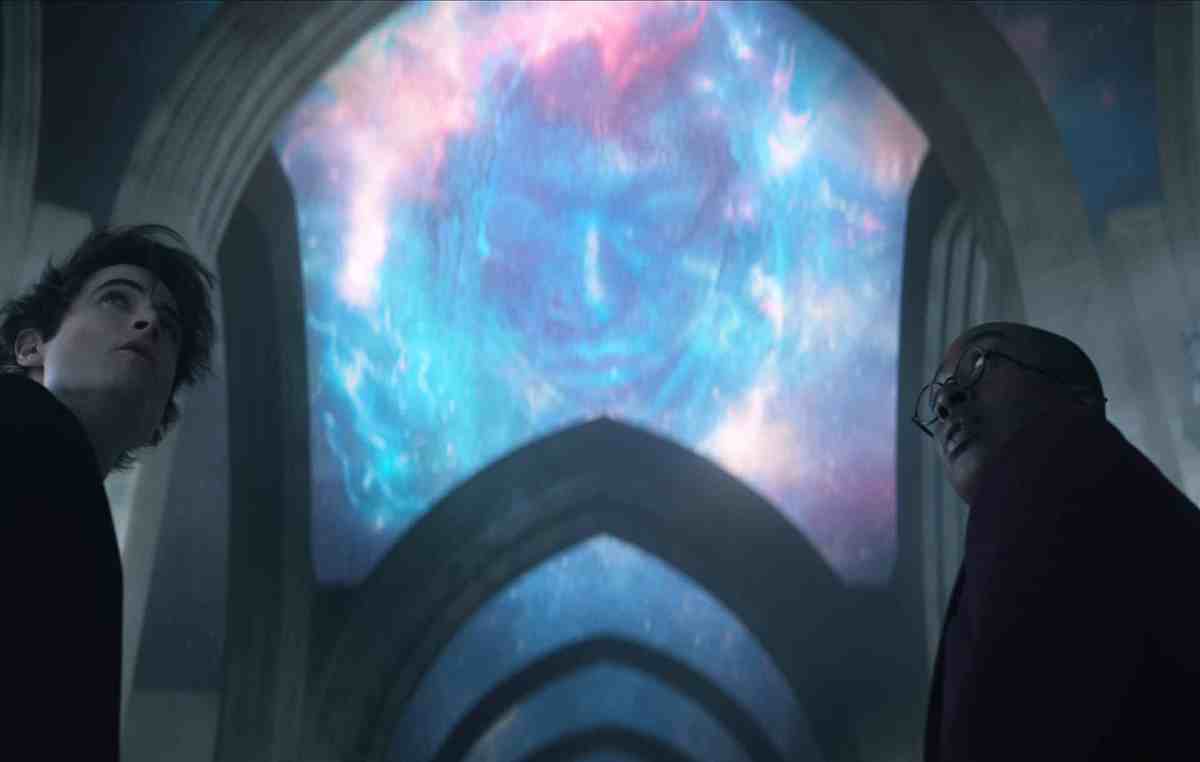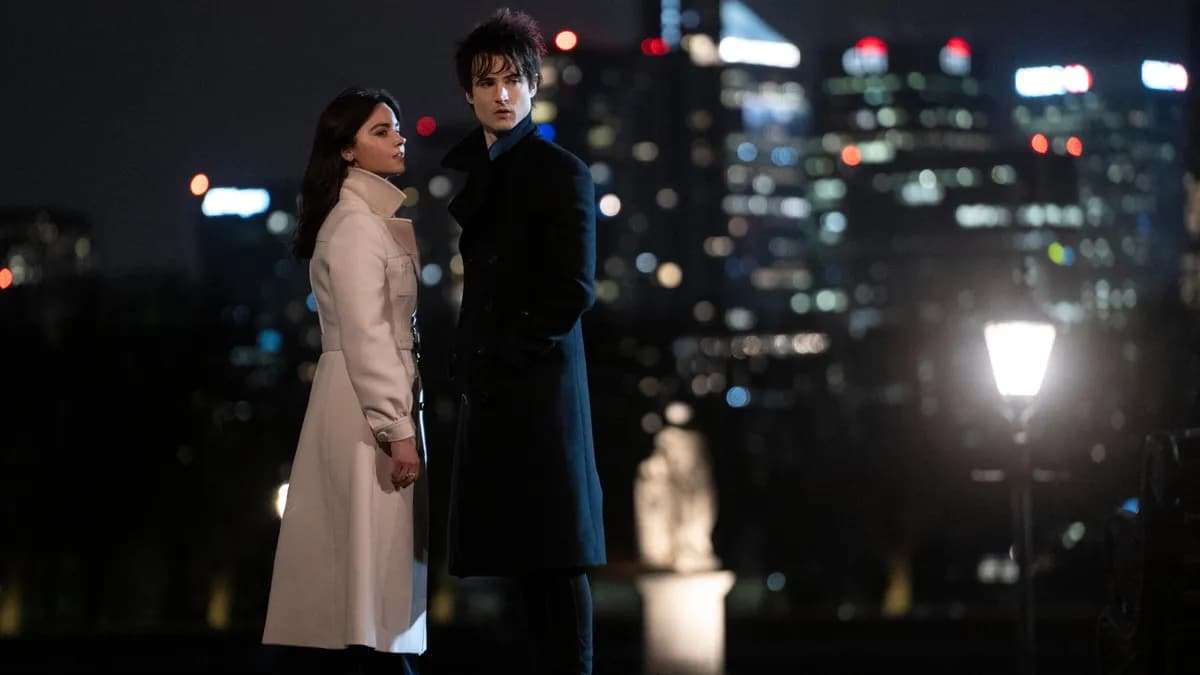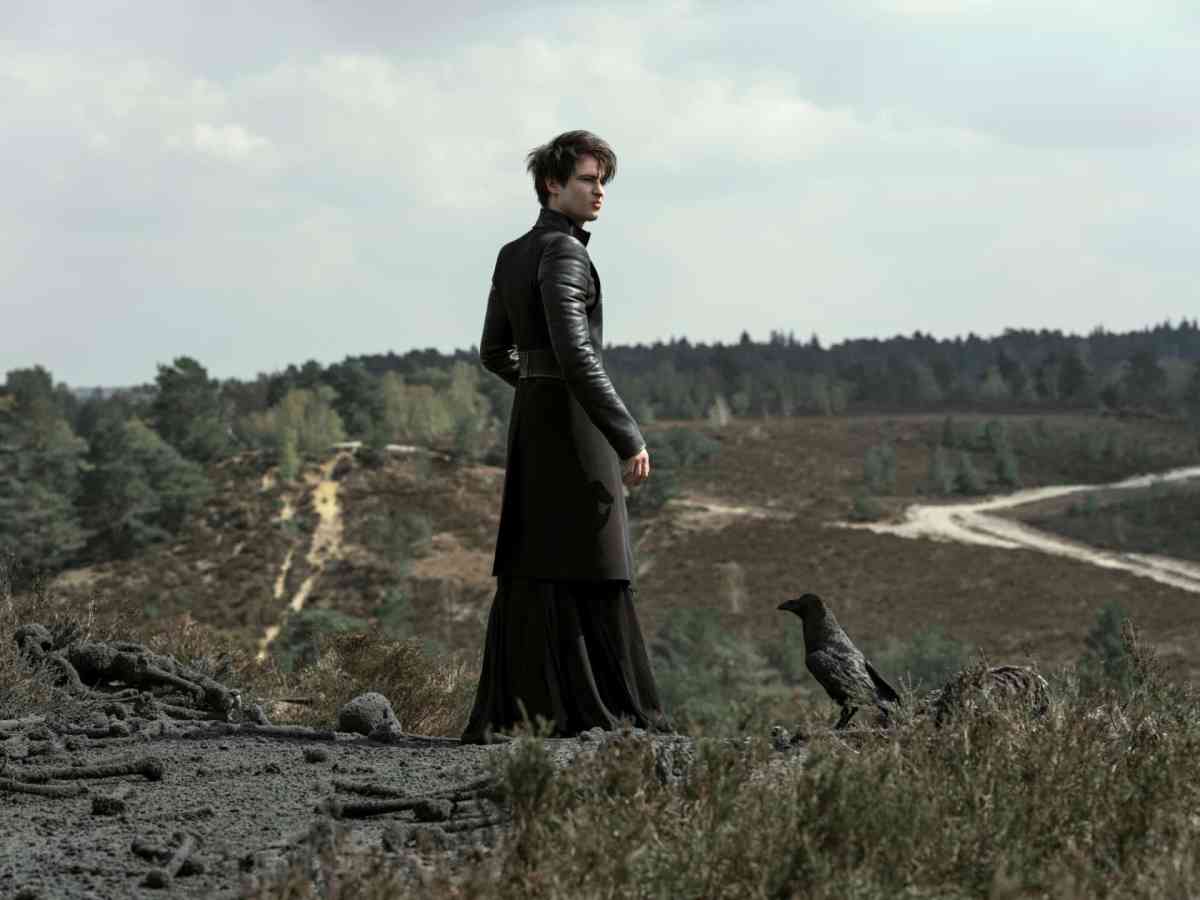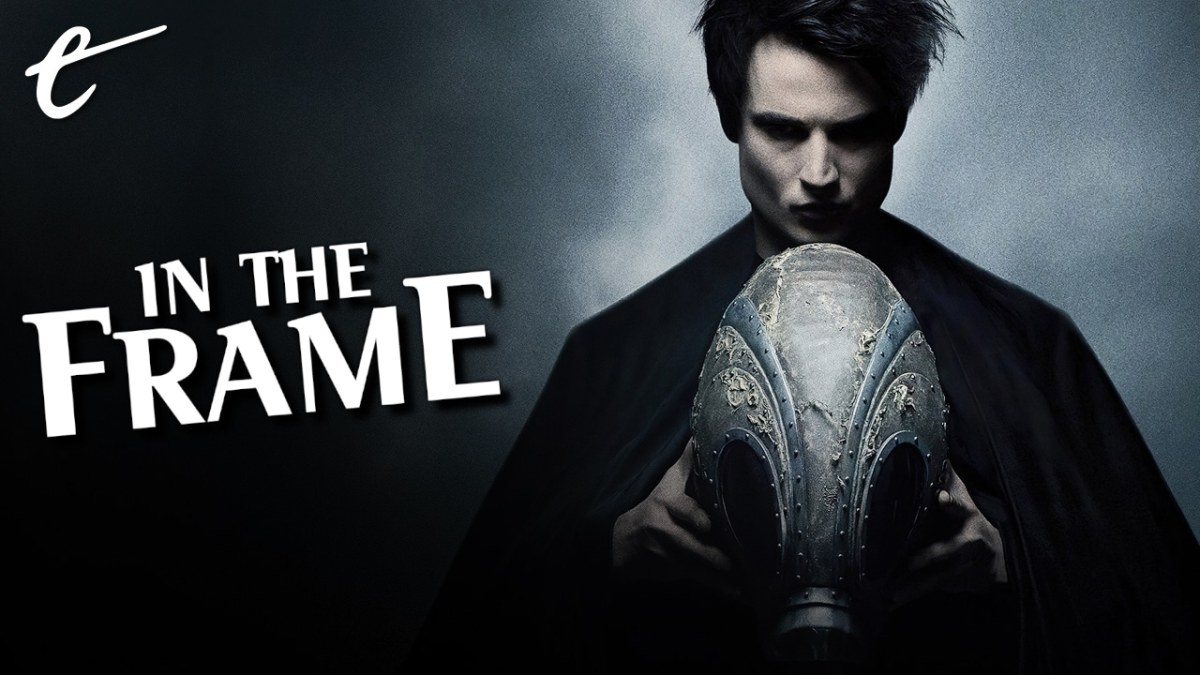The Sandman remains a crowning achievement of American comic books, a monumental 70-odd issue run from writer Neil Gaiman and a murderer’s row of artistic talent. It isn’t quite as medium-redefining as Alan Moore and Dave Gibbons’ Watchmen, but it exists as a relatively rare literary accomplishment within the field. After all, there is a reason why DC has kept repackaging the saga in “Absolute” editions, omnibuses, and annotated versions.
While it might not be as closely tied to the form and rhythms of comic books as Watchmen, The Sandman is nevertheless strongly wed to its parent medium. Despite its enduring success, it has proven difficult to adapt. Pulp Fiction co-writer Roger Avary attempted an adaptation in the 1990s, only to depart following creative differences with producer Jon Peters. Peters pressed ahead with his own adaptation later in the decade, which also never materialized.
Supernatural and The Boys showrunner Eric Kipke was attached to an aborted television series. Warner Bros. then announced plans to adapt the comic into a film starring and directed by Joseph Gordon-Levitt. The project shifted to Warner subsidiary New Line Cinema in June 2015. Gordon-Levitt would depart the project in March 2016, with reports citing “disagreement with the studio.” It seems like a minor miracle that the recent streaming series came together at all, let alone that it’s pretty good.
Indeed, Netflix’s version of The Sandman is an informative adaptation, a great illustration of the sorts of compromises and changes that are necessary in translating a work from one medium to another. As Gaiman developed and wrote on the series, the first season is faithful enough that it can be directly compared to the source material. Lines of dialogue, major and minor plot points, and even occasionally imagery are all recreated in live action. However, there are also significant changes.

These changes are informative. The Sandman adheres closely enough to the original comics that one can examine the changes and intuit why those changes were made. Those reasons illustrate the gulf between comic books and live-action television, the difference between improvising a story over seven years and adapting an already completed work, the demands of streaming television, and what Warner Bros. wants from The Sandman as an adaptation.
The most superficial change is that The Sandman exists completely separate from the shared DC continuity that spawned the comic book. Gaiman’s work was tied to the superhero universe, especially in its early chapters. Early issues featured references to other superheroes to call themselves “the Sandman,” a cameo from the Martian Manhunter, a visit to Arkham Asylum, and a significant guest appearance from DC’s resident occult detective, John Constantine.
While Gaiman toned down these references as the comic went on, he would still fold in appearances from superheroes like Batman and Superman, devote an entire issue to forgotten comic book character Prez Rickard, and even thematically overlap with the line-wide crossover Zero Hour. The television adaptation completely strips out these links, to the point of (mostly effectively) reinventing prominent Sandman characters like John Dee (David Thewlis) or Hector Hall (Lloyd Everitt), who had been tied to comics continuity.
This feels like an attempt to delineate The Sandman from the company’s conventional superhero offerings, to avoid tangling the show within the myriad alternate DC film and television continuities. This fits with how former DC President Diane Nelson saw the property, arguing that “it could be as rich as the Harry Potter universe.” Given the struggles Warner Bros. has faced with the Harry Potter brand, it could use something similar. Gaiman is certainly a friendlier figurehead than Rowling.

That said, The Sandman preserves connections to the more niche Vertigo publishing line. Jenna Coleman plays 18th century aristocrat Johanna Constantine, who features in the comics. However, Coleman also plays Johanna’s modern-day descendant, also named Johanna, who takes the role played by John Constantine in the comics, probably to distinguish it from Matt Ryan’s large body of work with the character and the looming HBO show. However, the show references Constantine’s ex-girlfriend Kit Ryan. It also preserves the source material’s in-joke references to serial killers “the Family Man” and “the Boogeyman,” who were killed off in Hellblazer and Swamp Thing comics respectively.
There are other changes that move the story in line with the structure and rhythms of a modern streaming series — creative decisions that get applied to a wide variety of source material to support the expectations of a modern 10-episode Netflix show. It can be hard to articulate what exactly these are, but they include cliffhanger cameo teases from figures like Desire (Mason Alexander Park), the abundance of exposition, and the need to clearly articulate lore that was left ambiguous in the source material.
Most of these are minor, but they can be frustrating. Early in the first episode, Roderick Burgess (Charles Dance) directs his son to collect objects from the incapacitated Morpheus (Tom Sturridge). It is not enough to show the items and have Burgess point to it. “Get that pouch for me,” he instructs. “Now the jewel, there.” When Burgess reaches into the pouch and discovers that it contains sand, he has to exposit, “Hm. Sand.” It’s no wonder Burgess is a formidable magical mind.
Later on, Rose Walker (Kyo Ra) is talking to Hal (John Cameron Mitchell) about her father, a man she barely knows because her mother left him when she was young. Rose confesses that her father had affairs. “Oh,” Hal responds. “That’s why your mom divorced him.” It is a line that feels like it’s intended for an audience that is only barely watching the show, perhaps splitting attention between that screen and multiple others. These examples are small, but there are plenty of them.

This need for exposition may be a problem given how Gaiman comes to rely on ambiguity and implication in later chapters of The Sandman comics. The later story arc Brief Lives is spurred by the breakup of a relationship that happened largely off-panel. Similarly, the comic’s climactic story arc, The Kindly Ones, keeps Morpheus’ motivations deliberately oblique. The meaning of the story, and Morpheus’ role in its telling, is left largely for the reader to determine. Can the show be that subtle?
There are other larger structural changes. Most notably, the first season positions the Corinthian (Boyd Holbrook) as its primary antagonist, a significant departure from the source material. In the comic, the Corinthian simply takes advantage of Morpheus’ captivity at the hands of Burgess, using it to escape into the real world. In the series, the Corinthian actively helps Burgess keep Morpheus captive and plots to use Rose as a weapon to wrest control of the Dreaming from Morpheus.
This is a major upgrade for the character, who is credited as a series regular and provides a major plot thread across the 10 episodes of the first season. It provides clear momentum across the television series, even if it also has the effect of turning The Sandman into a much more conventional fantasy narrative than its more esoteric source material. It ties back into the show’s foregrounding of concrete lore and mythology that was left more unformed in the comic book.
This gets at one interesting aspect of this television adaptation. The 10 episodes of the show cover approximately the first 16 issues of the comic book, effectively two overlapping arcs. These early issues found Gaiman largely figuring out what The Sandman would be. In its first year or so, The Sandman was a much more conventional horror comic book than it would become, a series much more like Hellblazer or Swamp Thing than Gaiman’s later work on American Gods.

This is a double-edged sword. Watching this season of television, one gets a sense that this initial run is nicely suited to the streaming model of storytelling. In fact, the show makes a fitting companion piece to Gary Dauberman and Mark Verheiden’s underappreciated Swamp Thing adaptation. The problem is that Gaiman’s Sandman would very quickly evolve into something radically different from these early stories, and it is interesting to wonder whether the streaming show is flexible enough to keep up.
The first season of The Sandman ends with a delightfully trollish tease of Gaiman’s next epic storyline, Season of Mists. However, the comic book punctuated its epic narratives with what amounted to short story collections, standalone single issues expanding on Gaiman’s themes and preoccupations: Dream Country, Fables and Reflections, and World’s End. Can the show do something as bizarre and brilliant as “A Dream of a Thousand Cats”?
The first season tries but is constrained by its format. The sixth episode of the season, titled “The Sound of Her Wings,” combines the eponymous single-issue comic book story with another otherwise largely unrelated standalone tale, “Men of Good Fortune.” It’s two great 20-minute episodes of television inelegantly shaped into a single 50-minute episode. It is an illustration of the constraints of the streaming format that these cannot be two separate self-contained shorts, but must be a single block of a 10-episode season.

That said, there is also a sense of Gaiman getting the chance to revise the opening chapters of The Sandman, now that he has finished the comic book and so understands the complete shape of the story that he has told. In particular, the streaming series arguably does a much better job of foregrounding the core themes of the comic book in its early going. Knowing where the story ends, The Sandman is able to more consistently hammer those themes.
After the opening voiceover, the show’s first line of dialogue finds Lucienne (Vivienne Acheampong) asking Morpheus, “My Lord, you are coming back, aren’t you?” It neatly sets up what will become the saga’s recurring meditation on whether Morpheus wants to or can abandon his obligations. Similarly, characters like the Corinthian and Fiddler’s Green (Stephen Fry) ruminate more explicitly on the idea of the change that Morpheus will so strongly resist than they did in the comics.
The first season of Sandman is a faithful adaptation and a pretty good one. It’s also an illustration of the sort of changes that are necessary in translating a work like The Sandman across media, repurposing a sprawling comic book for a more structured and conventional streaming series. Then again, to paraphrase one of Morpheus’ friends, this is such stuff as streams are made on.






Published: Aug 8, 2022 11:00 am